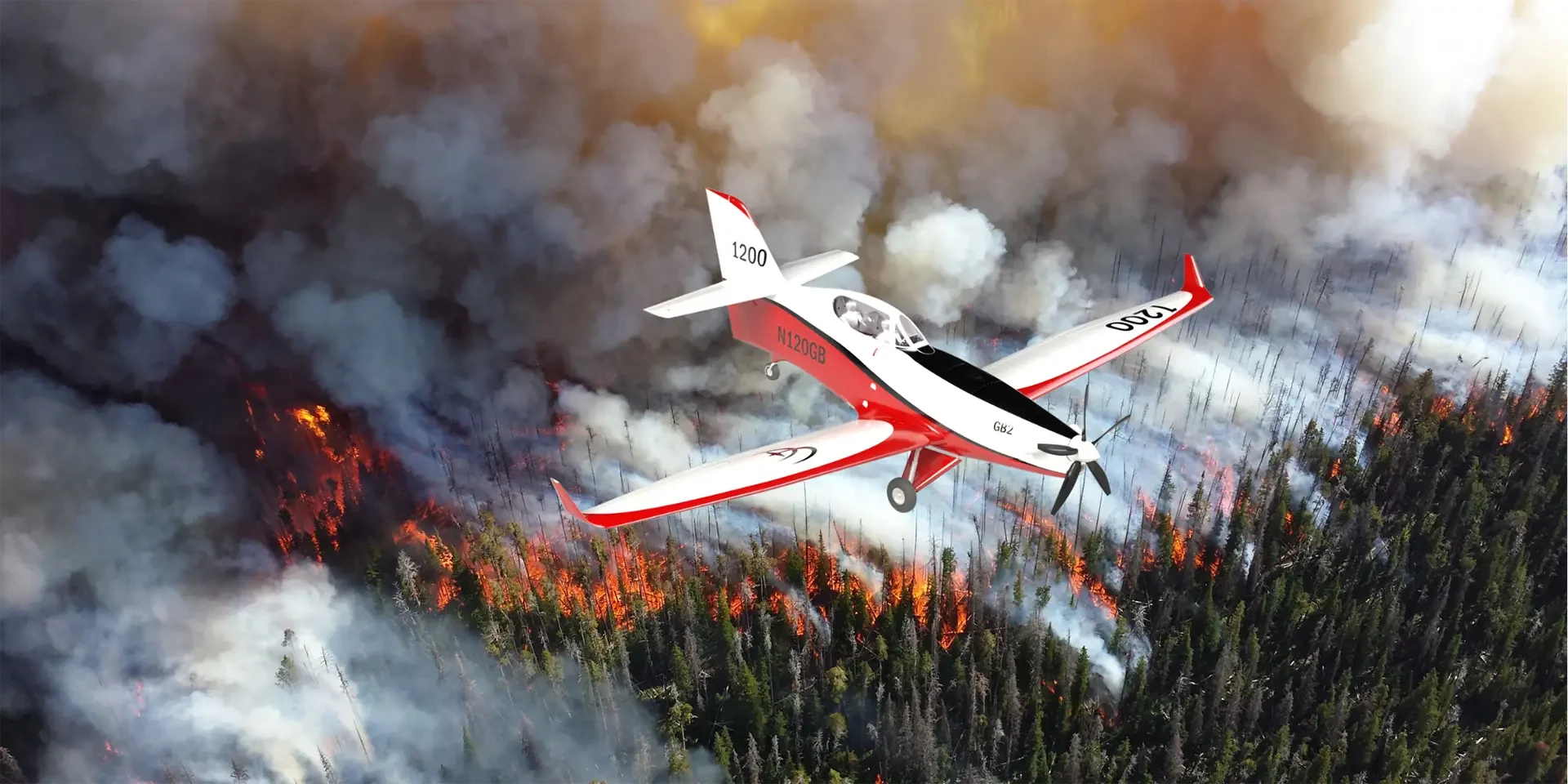A shift is coming to the versatility of single engine air tankers (SEATs), and this next-generation air attack aircraft will be made primarily of composite materials. Game Aerospace of Bentonville, Arkansas, is in the initial stages of producing its “GB2,” a 1,200-gallon SEAT that will provide greater initial attack capabilities to wildland firefighters.
Aggressive initial attack prevents the out-of-control growth of wildfires, and SEATs are tremendous assets during the initial stages of a fire, today dropping as much as 800 gallons of water or retardant, returning to base to reload, and dropping again.
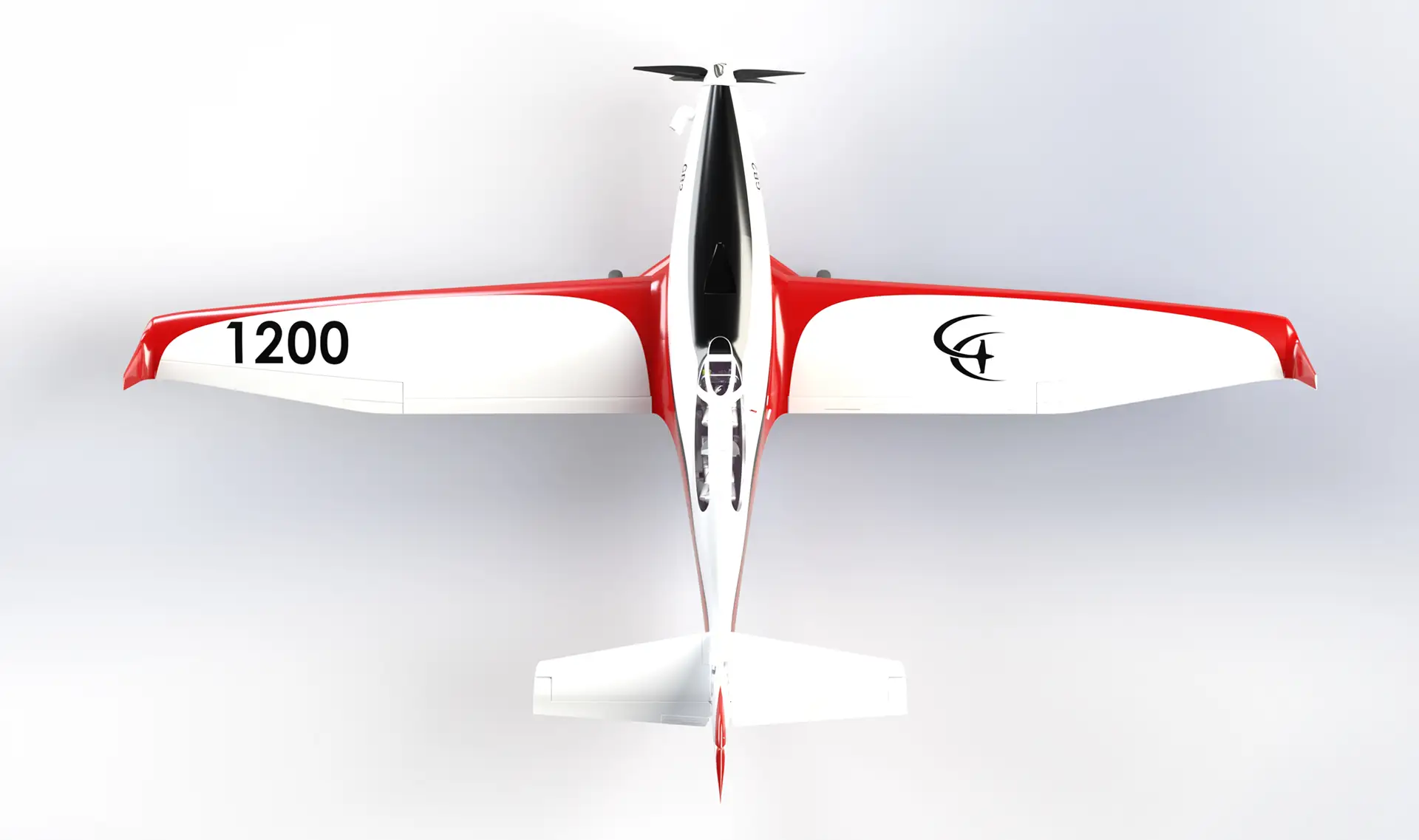
Game Aerospace was co-founded by pilot Steuart L. Walton, who serves on the board of directors of Walmart and is an emeritus board member of the National Air and Space Museum, and Philipp Steinbach, CEO and part owner and chief designer, who is also an aerobatic, test, and Department of the Interior (DOI) Office of Aviation Services (OAS)-qualified SEAT pilot. Steinbach worked for Germany’s Extra Aircraft before venturing out on his own to build his Impulse Aircraft, and later served as the project engineer, as well as test and display pilot, of the Xtreme 3000. Among his many aerobatic competition victories is the 2006 German National Championship where he took first place in Classical and second in Freestyle Aerobatics.
The GB2 is Steinbach’s fourth clean-sheet aircraft design and it is based on the company’s highly successful, primarily composite Game Bird aerobatic aircraft, known as the GB1. Boasting a roll rate of 400 degrees per second and stressed to +/-10gs, the GB1 has enabled numerous individual and team competitors to dominate in unlimited aerobatic contests.
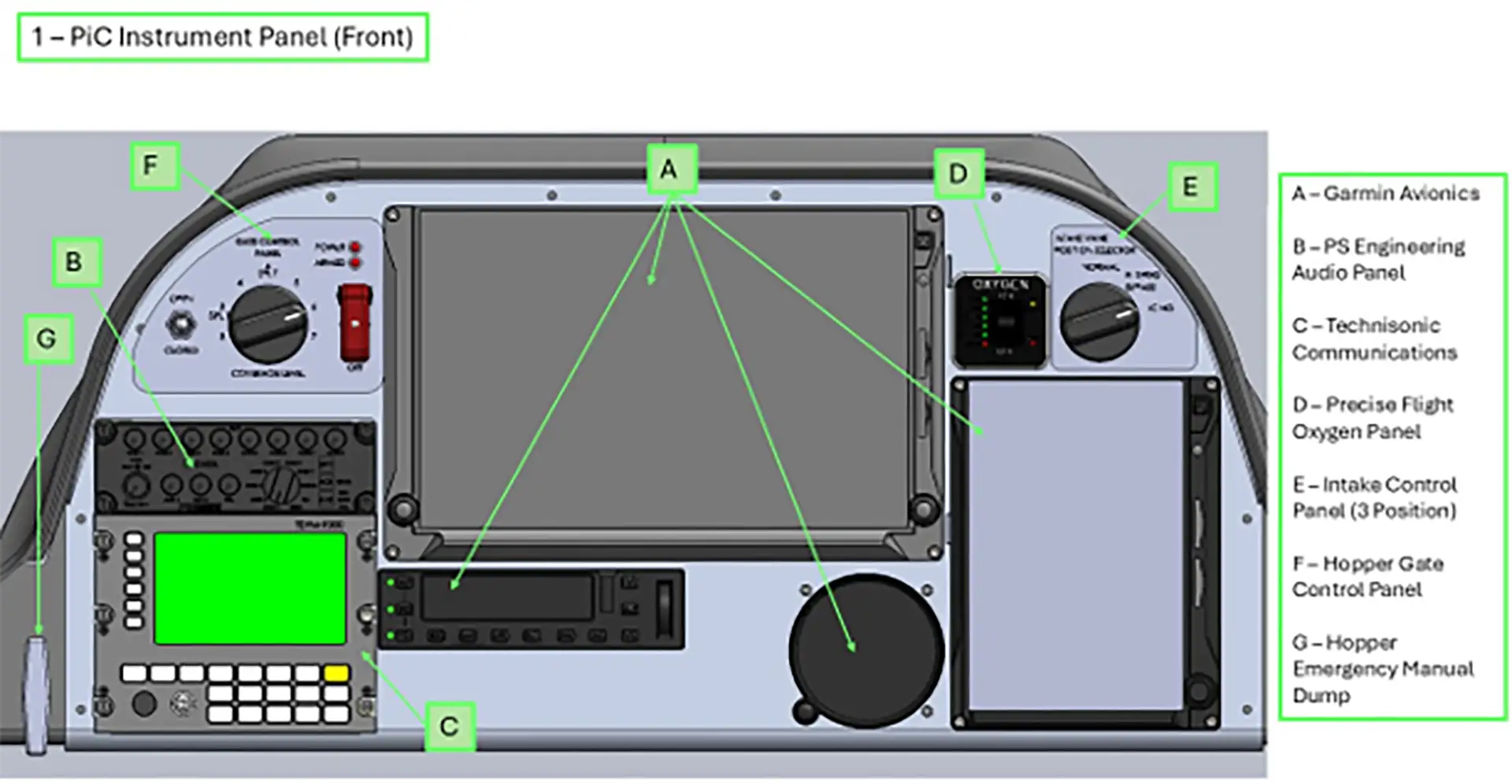
Game Aerospace is capable of building two GB1s each month at the company’s Bentonville, Arkansas-factory and, as of June 2025, more than 115 have been delivered to customers around the world. With the GB1 constructed primarily from composite materials, the company has amassed extensive experience with the technology and will use the same systems to lay-up and machine the GB2 aircraft in-house. Currently, the Game Aerospace factory, located on the Bentonville Municipal Airport, is being enlarged from 110,000-square-feet to 300,000-sqare-feet in order to accommodate GB2 production. Game Aerospace also recently acquired Grove Aircraft Landing Gear Systems of El Cajon, California, to reduce supply chain interruptions and control component costs as they build the GB2. Vertical integration played a big part in the decision to acquire Grove Aircraft Landing Gear Systems.
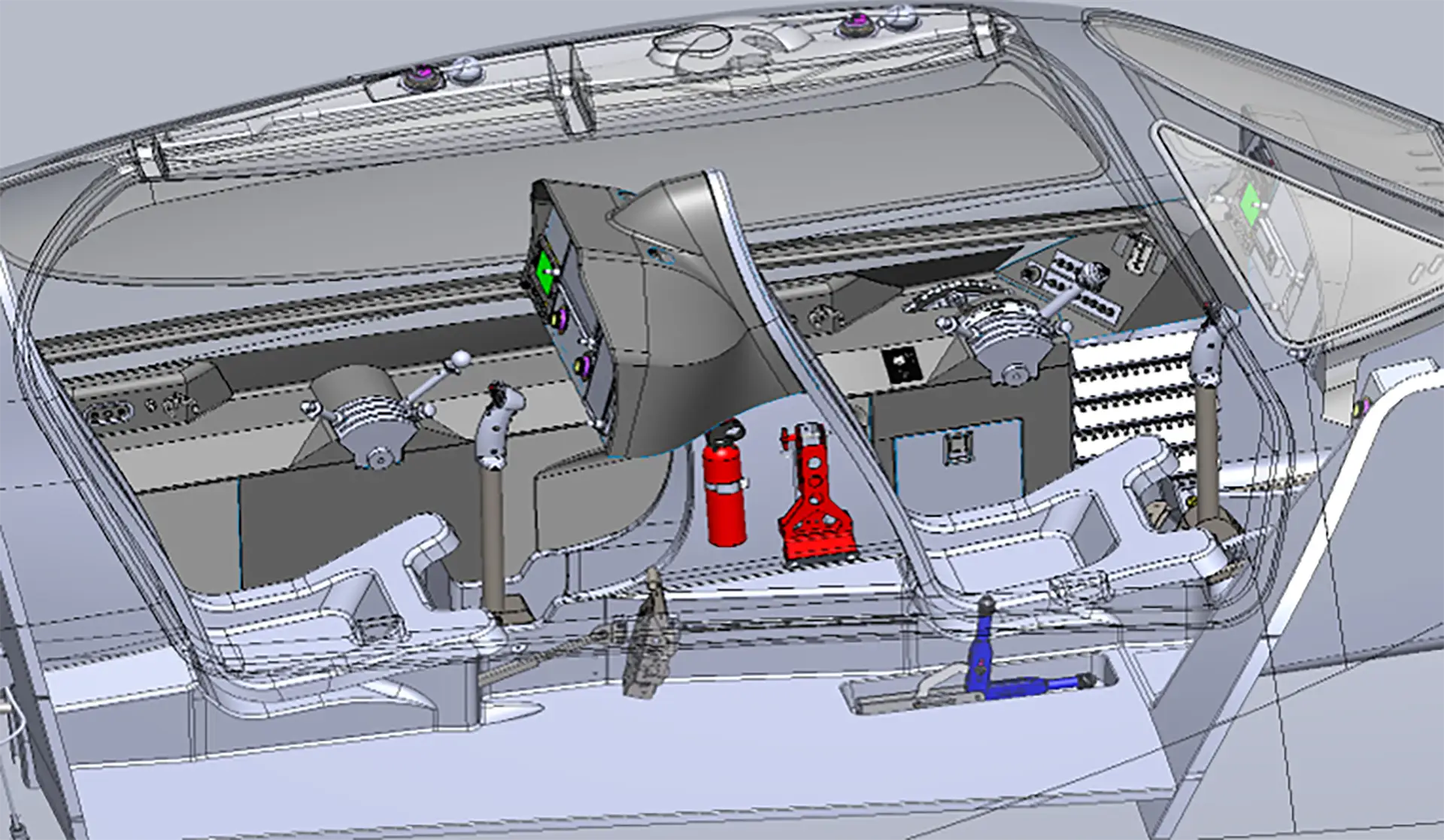
A Conversation Sparked a Design
Prior to purchasing an extremely high-performance aircraft like the GB1, part of the sales process is to fly 10 hours with Steinbach, who ensures the new owner is competent in handling such a plane. If Steinbach is not comfortable in a pilot’s abilities, the deal is off.
Having sold a GB1 to the late Kyle Scott, co-founder of CO Fire Aviation in Ft. Morgan, Colorado, Steinbach and Scott became fast friends. When delivering the GB1, Scott asked Steinbach if he could make a part out of composite materials to help lighten his existing air tanker aircraft. Steinbach agreed, made the part, then Scott asked a second, a third, and a fourth time for more composite parts. At the fifth ask, Steinbach said, “Why don’t we just build you a new airplane?” From there Steinbach began working to improve the performance and productivity of single engine air tankers.
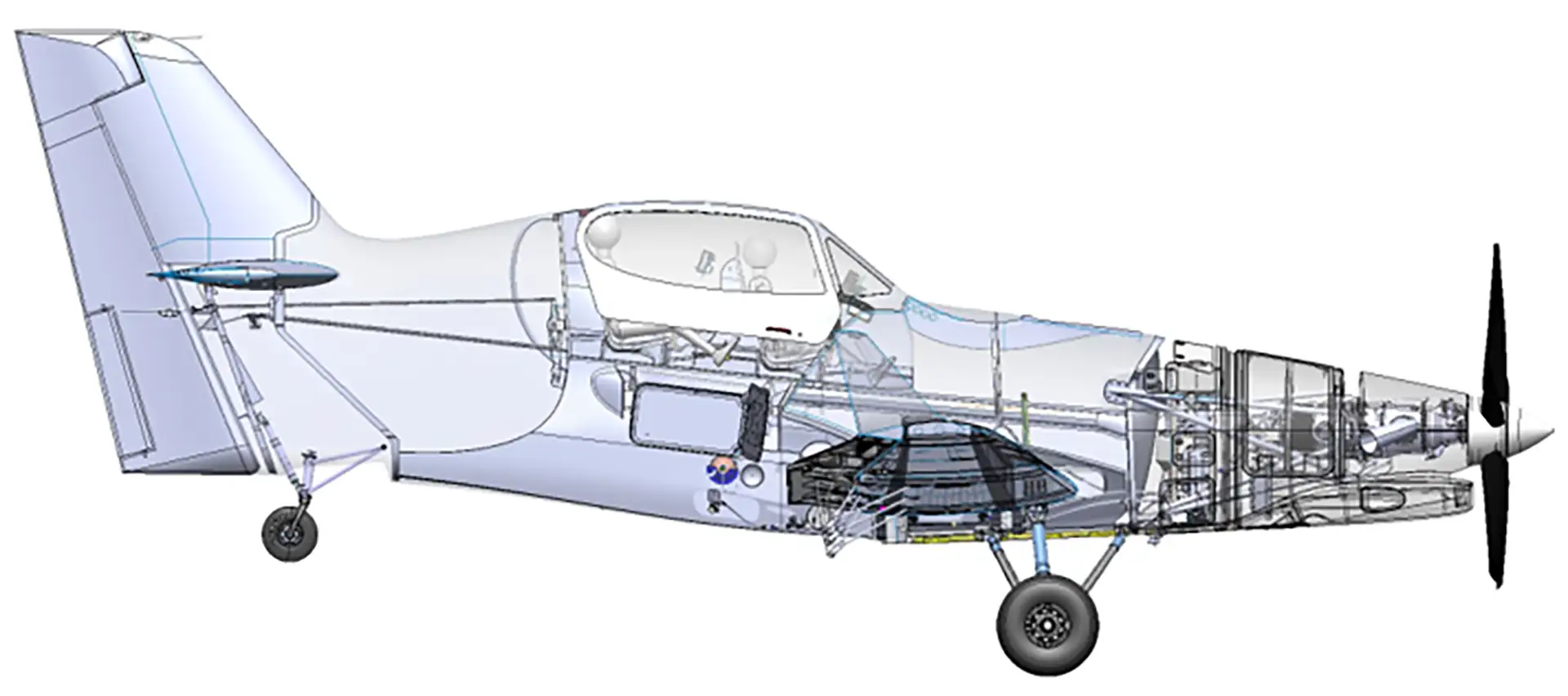
Steinbach’s design called for scaling-up the robust, all-composite GB1, fitted a large internal retardant tank system, 400-plus gallon fuel capacity, and a PT-6A-67F turboprop engine of 1,800 equivalent shaft horsepower (eshp). The PT-6A-67F engine enables the GB2 to have an estimated, fully loaded, cruise speed of 200 knots and 235 knots when empty.
The aircraft is configured with tandem seats, dual controls with the pilot-in-command sitting in the front seat, while an observer or second pilot can be seated in an elevated aft seat. When flown single pilot, it is flown from the front cockpit. Game Aerospace is also outfitting the GB2 with an autopilot to reduce pilot workload en route to and from drop locations.
“When you're headed to a fire as a single pilot, you get your frequencies, you get your latitude and longitude, you get that all plugged in, then you take off; you're on the way to the fire, things are going well and then you get a call from dispatch, ‘Hey, you're being diverted. We're sending you to X, Y, Z fire. They're burning down homes there.’ Now all of a sudden, as a single pilot, you have to type in the new frequencies, the new GPS coordinates, and still fly the airplane,” said Game Aerospace’s Zachary Sullivan, a qualified air attack supervisor (one who controls all of the aircraft over a fire). “The autopilot is a huge, huge safety factor for SEAT pilots. You put in the new lat./long., get the airplane pointed in the right direction, set it, and proceed to the fire while communicating with the fire’s aerial supervisor. The autopilot, like everything we have done, is a tie-in to enhance flight crew safety.”
In addition, all of the GB2 cockpits will be standardized for pilot familiarity, which enables a pilot to changes planes, for whatever reason, and continue to safely operate that aircraft without cockpit configuration disorientation.
The GB2’s 1,200-gallon water/retardant tank is fitted internally and will be capable of not only split loads, but will be able to meter, or stop and start, drops like large air tankers. Coverage will range from a 2 rating (putting down a thin but long suppression line) to an 8 rating (thick coverage but shorter in distance). Current 800-gallon SEATs can put down lines from 2 to 6 rating on fires.
Certification, Maintenance and Pilot Training
Certification takes longer to bring an aircraft to market, however, going through the FAA process to certify the GB2 establishes a new standard of aircraft construction and safety training requirements for SEAT aircraft. A number of fire jurisdictions, California for example, prefer not to use uncertified or restricted category aircraft for aerial firefighting. Having a certified aircraft will open these markets for SEAT operators to expand and grow their businesses.
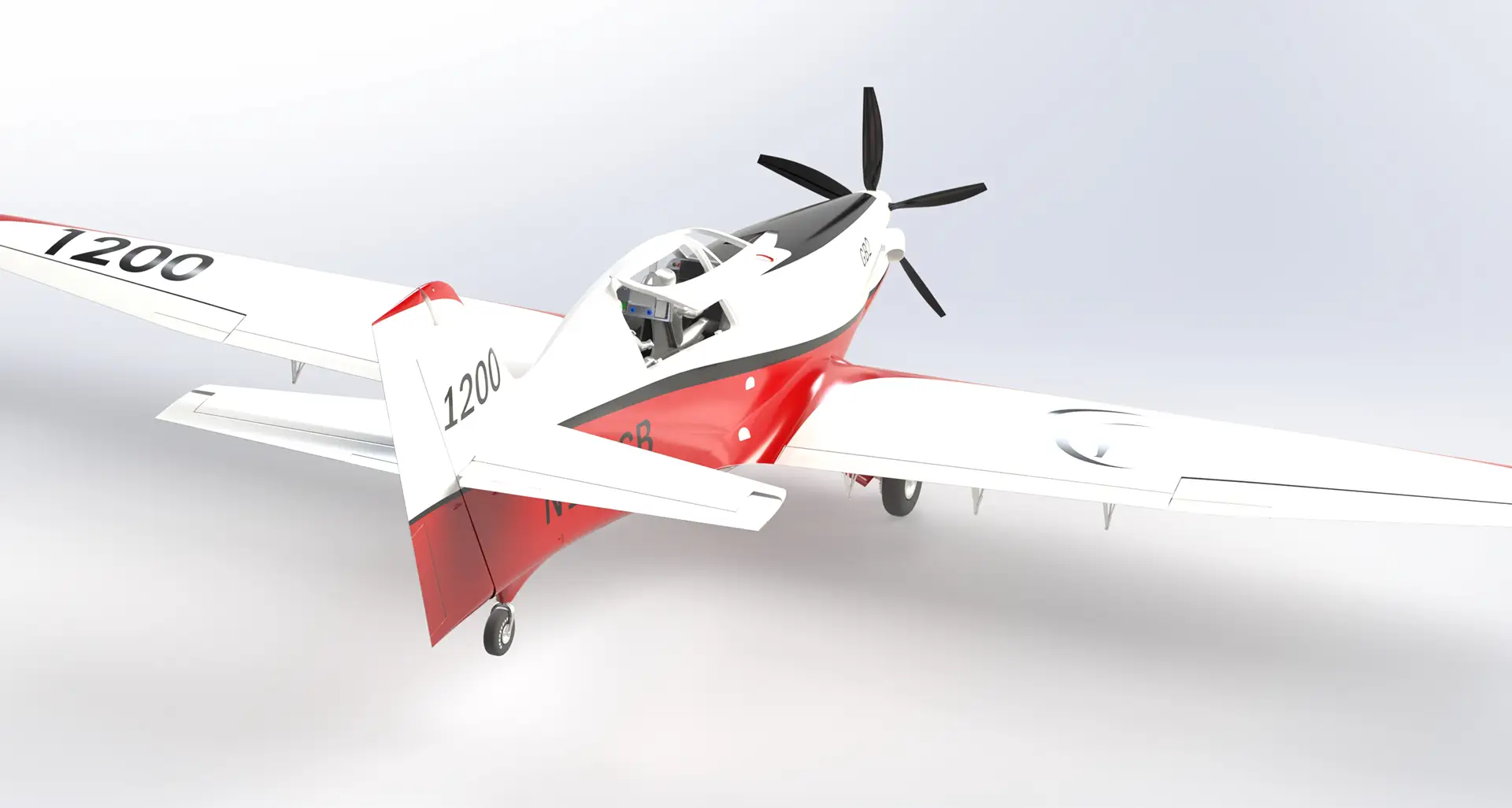
The U.S. National Interagency Fire Center’s standards for SEAT pilots call for 1,500 hours total flight time, of which 1,200 must be in airplanes (a minimum of 200 hours single-engine land), 100 hours dispensing fire retardant or water on fires or agricultural materials, 25 hours in SEAT type, 200 hours of low-level flight, 200 hours of mountain flying or 100 hours after graduating from a mountain flying school, and prior to the fire season, the pilot mush have flown 100 hours in the past 12 months, 10 hours in the preceding 60 days, along with five hours in type in the past 12 months including five takeoffs and landings and having dropped two full loads of water or retardant in the time period. With the GB2 being a certified aircraft, this will require a type rating to fly the aircraft in any role. “We're looking at about a (US)$50,000 per pilot type rating,” said Sullivan. “This is a significant investment that ensures vendors are going to put the best pilots in the GB2.”
The GB2 type rating ground school covers general information about the aircraft and its systems, standard and emergency procedures, performance and handling, weight and balance, equipment list, as well as service and maintenance. “The flight training portion adds a strong focus on the unique challenges of aerial firefighting, including navigating difficult terrain, managing communication in the fire traffic area (known as the ‘FTA’), and mastering load management techniques; all critical skills for successful operations,” Sullivan said. “The curriculum emphasizes the practical aspects of firefighting missions, ensuring pilots are prepared for the complexities they will face in real-world scenarios, from working in high-pressure environments to delivering precise fire suppression.”
In addition to providing type ratings for GB2 pilots, Game Aerospace will provide specialized training for those who will maintain the aircraft in the field. “In developing this program, we reviewed numerous Safecoms, mishap reports, and NTSB findings, which revealed improper or inconsistent maintenance was a contributing factor in many cases,” said Sullivan. “The GB2 maintenance program reflects our commitment to providing aircraft that are reliable, safe, and provide consistent service. By requiring that all vendors adhere to this program, we ensure that operators can rely on their SEATs for effective firefighting missions, knowing that each aircraft is maintained to the highest standard.”
Existing SEAT Infrastructure
The operating philosophy behind SEATS is to get them into action during the initial attack phase of a fire, get multiple SEATs working the fire, and to get them reloaded and back on the fire as fast as possible. Using this philosophy as a guide, designers at Game Aerospace had to ensure that the GB2’s final design would fit into existing SEAT infrastructure at bases nation-wide.
“The state of Texas uses arguably the most SEATs, and as a matter of fact, they use more SEATs than any other state in the country,” Sullivan said. “Texas is set-up with 13 SEAT bases. When we were designing the GB2, we wanted to make sure our aircraft could arrive at any SEAT base and just slide in perfectly. The GB2’s wing span is only five feet wider than most other SEATs, and we’re only two or so feet greater in length.”
The low grasses and other brush that fuels fires in Texas are perfect for SEAT initial air attack. To that end, the state has only one large air tanker base. Should the state decide to bring in large air tankers, they would have to allocate money for the new bases and the required infrastructure. In addition, there are staffing requirements for loading, marshalling, and supervising operations that would have to be met when accommodating large air tankers. “Our larger capacity SEAT design fits in with the existing base structure with no upgrades needed. We could have gone to a larger design, say 1,400 gallons, but that would have put pressure on the end user to make major changes to their facilities. We didn’t want to do that,” said Sullivan.
Experience with the product
One of the first customers for the GB2 was Michael Hutchins, CEO of Coastal Air Strike of Immokalee, Florida. Coastal Air Strike fights fires across the southeastern and midwestern United States, from the swamps of Florida to the timber of Minnesota, with a fleet of eight wheeled SEATs and three scoopers. Hutchins, a 21,000-hour pilot, flies a Game Bird aerobatic aircraft (GB1) for fun and to get his adrenaline flowing. Having owned a GB1 since June 2022, has given Hutchins and his mechanics experience with maintenance as well as what’s involved in periodic inspections of the aircraft. This will reduce the learning curve for Coastal Air Strike’s maintainers once the GB2 comes on line.
“I believe the GB2 is going to revolutionize the single engine tanker side of things,” said Hutchins. “We're talking about state-of-the-art technology as far as building the aircraft when it comes to the composites, the avionics suite is going to be state-of-the-art with the glass panel and the autopilot. When one considers all of those things with the increased payload and the increased ability to do more than what we could with the predecessor, acquiring an aircraft with this potential was kind of a no-brainer. Having a GB1 and a working knowledge of Game Aerospace and how the company is run, I wanted to be with the GB2 program at the beginning.”
As the certification process proceeds through channels at the FAA, first flight for the GB2 is anticipated at the end of 2025, with certification following in mid- to late-2026. To date, the list of customers announced for the GB2 SEAT include Coastal Air Strike; Boedeker Flying Service of Childress, Texas, Dauntless Air of Appleton, Minnesota; and South Australia’s Aerotech Group.
“If we do not support the industry as a whole, then we, as an industry, will not survive. It's got to be industry first, vendor second,” said Sullivan. “A next-generation, standardized configuration, standardized maintenance and flight training, high-capacity, high-performance SEAT, like the GB2, is all about raising the bar for the industry.”
 HOME
HOME



